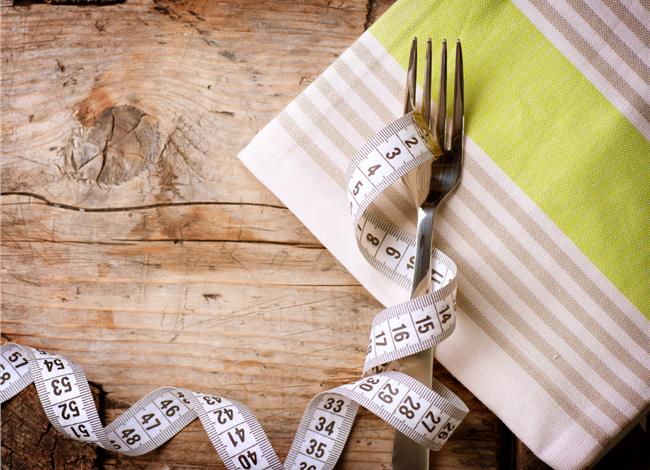
Weight loss takes changes in behavior, lifestyle and consistency. You don’t have to try any fad diets, eat artificial foods or take weight loss supplements that are only meant for short term use for weight loss. Natural weight loss can be possible by changing small behaviors and making healthy choices.
#1 – Put the utensil down in between bites
Most Western societies are used to fast pace lifestyles and multi-tasking all the time. We tend to eat mindlessly and fast. How can slowing down while eating help with weight loss?
When you eat slower, you are allowing your body to have time to signal the brain when you are full instead of stuffed. It may take the stomach about 20 minutes to send a signal to the brain that it is full. When you are used to eating fast, you can easily eat past the point of feeling full.
Instead of mindlessly inhaling food, pause in between bites. Enjoy your food, and don’t rush through eating.
Pausing between bites can help you really enjoy your food and chew it thoroughly. This can actually help you feel satisfied quicker and allow your body to tell you when it is full.
It may seem hard to put your fork down in between bites, but if you are consistent with this it will get to be a habit.
#2 – Drinking enough water
We can confuse the signal that our body needs more water into signaling that we want to eat. Drinking enough water can offer many health benefits, but it may actually help with weight loss too.
By drinking enough water, you are staying hydrated and reaching for water instead of a snack when your body needs water.
How do you know how much water you need? Everyone’s fluid requirements can vary.
Throughout the day you can monitor your hydration status. If your urine is very pale yellow to clear, that is a good indication you are well hydrated.
If your urine is consistently darker yellow, you probably need more water. The more sweat loss you have, the higher your fluid needs will be.
Steer clear of sweet beverages for meeting your fluid needs. Aim for drinking mostly water, tea, hot water with lemon or fruit or herb infused water.
Artificial sweeteners should be limited as well; they can have some long term negative effects like increasing your tolerance for sweet things and may alter gut bacteria in the long term.
#3 – Snack on apples and pears
All fruits and vegetables are nutritional powerhouses, and eating a diet high in fruits and vegetables may help lower risk for some chronic diseases. Fruits and vegetables are also great to fuel up on for weight loss.
Fruits and vegetables are high in water and fiber making you feel full long after eating them which can help keep you satisfied throughout the day.
Apples and pears in particular may be a helpful choice during weight loss. A 2003 study found when overweight women snacked on 3 apples or pears everyday as part of a healthy, low calorie diet for 12 weeks, they lost significantly more weight than the group of women who didn’t snack on apples or pears during weight loss. The group of fruit snackers also had lower blood glucose levels.
Instead of skimping on fruit because you’re worried about the sugar content while dieting, try eating them up instead! This study suggests eating more fruit, like apples and pears, may help with weight loss as part of a balanced diet.
#4 – Add some interval training
Any exercise is beneficial for overall health, and in general the more movement the better especially if you are sedentary part of the day. Finding time for exercise is important for weight loss and can help you maintain muscle mass while losing fat mass.
General exercise recommendations include getting 150 minutes of moderate exercise per week for adults. However, for weight loss you may need more than this. Also, changing the intensity of your workouts may have additional benefit.
Interval training includes repeating bringing your heart rate (and intensity) up for a short duration followed by a rest period.
Moderate exercise is different because that is at a lower intensity and you stay at the elevated heart rate. Both types of exercise can be beneficial for weight loss, but some research suggests interval training may offer different advantages for weight loss.
A 2008 study found both moderate and interval training to be equally beneficial for weight loss in middle age adults. However, the interval training group had greater markers of creating muscle tissue and insulin signaling in muscle than the group who did moderate exercise.
The interval group also had a greater removal of metabolic syndrome risk factors. Both groups did 3 days a week of exercise for 16 weeks.
#5 – Don’t skimp on the healthy fats
Sometimes people can be “fat-phobic” during weight loss for fear that eating fat will encourage fat storage. While getting too many empty calories can definitely do that, getting a healthy amount of fat, between 25-35% of calories, can help with weight loss.
Nuts are a rich source of heart healthy monounsaturated fats and are relatively high in fat. However, epidemiological studies have shown an inverse association between nut consumption and BMI. This suggests eating nuts, even though they’re high in fat, could actually help with weight loss.
Make most of your fat intake from foods like nuts, avocados, coconut oil, fatty fish and other foods that are rich in monounsaturated fats.
Don’t be fooled that just because a food is low-fat means it is low in calories or will help with weight loss. Many packaged low fat foods are high in refined carbohydrates which may promote insulin release and fat storage.
Unless suggested by a health care team due to e medical condition, balancing fat, protein and carbohydrates is considered ideal for weight loss instead of getting overloaded with one macronutrient.
#6 – Brush your teeth after meals
This is a simple one: if you find yourself wanting to munch after meals or munch anytime out of boredom, brushing your teeth after meals can help cut that habit.
When your teeth are clean and freshly brushed, you are less likely to want to eat something.
#7 – Don’t starve yourself
Weight loss does not mean you have to do a starvation diet. In fact, feeling hungry all the time could negatively affect your metabolism. Instead of barely eating, fill up on high nutrient dense foods that are naturally low in energy like: fruits, vegetables, grains, legumes, lean proteins, etc.
You are able to eat a higher volume of these foods and they will keep you full. This is better than trying to eat a small volume of pre-packaged food that doesn’t fill you up.
#8 – Keep your trigger foods out of your home
Another easy one: don’t bring your trigger food home or to your work environment. If you have children, don’t fall into the idea you need to keep junk food around for them!
By not bringing it home, you don’t have to play out the mental struggle to avoid eating it even though it’s there.
If you already have junk food in the house, simply keep the unhealthy food out of sight or in hard to reach places.
Put the healthier food in front on the shelf or in the refrigerator. Make it the easier choice! We tend to be creatures of least resistance. If it is out of sight, it can become out of mind a lot easier. If a certain food is harder to get at, we probably won’t eat as much.
#9 – Leave the all or nothing mentality
An example of the all or nothing mentality with food means you either eat the whole bag of cookies or none at all. If you “blew it” and had a cookie, now you might as well eat them all or eat junk the rest of the day.
Instead, allow yourself to be in the middle. You can have a treat, but you don’t need to eat the whole serving. You can have half a cheeseburger, but you don’t have to eat the whole thing and you can eat healthy the rest of the day.
If you do find yourself overindulging or falling back into old habits, don’t beat yourself up just get back on track to where you want to be!
#10 – Don’t get too hung up on which specific type of diet is best
There are some general guidelines for everyone for healthy eating: eat a variety of plants, cut out refined sugars, drink enough water, balance healthy fats, protein and carbohydrates, etc.
Besides this, what diet pattern is best for weight loss?
Is the paleo diet best for weight loss? What about a vegetarian, low fat or Mediterranean diet?
There are so many diet options, how do you know which one is best?
The answer may surprise you. The best one is the one you are going to stick with. Almost anyone can follow a diet for a few weeks or months, but what is more important is what are you going to stick with?
A 2008 study in NEJM compared people who followed either a low calorie low fat, low calorie Mediterranean or a low calorie low carbohydrate diet for two years to see which diet type would have the best weight loss.
It turns out people in all diet groups lost weight after 2 years, and the low carbohydrate and Mediterranean diet had some additional metabolic affects.
Researchers concluded that diets should be individualized based on personal preferences and metabolic needs, and weight loss can happen from either of the three types of diet.
References used in this article
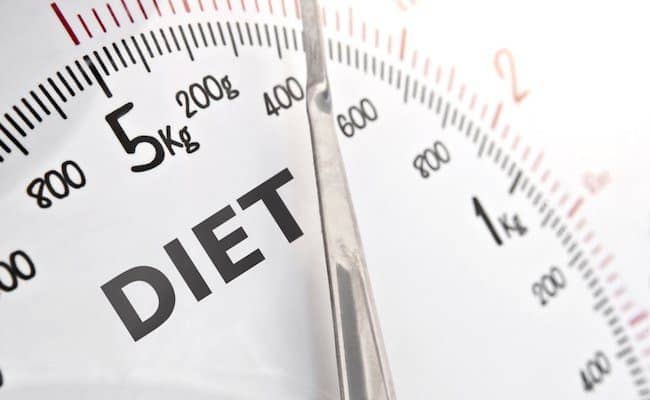


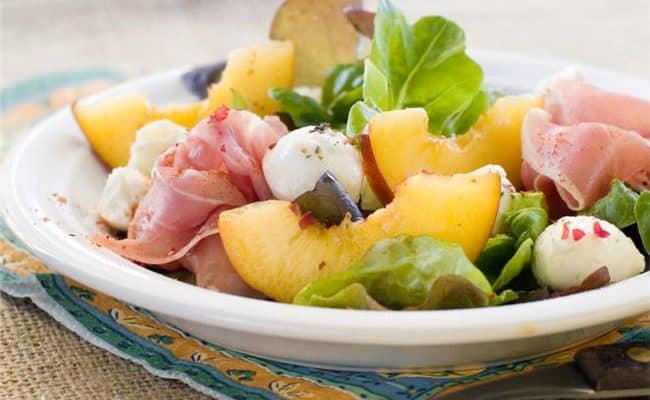


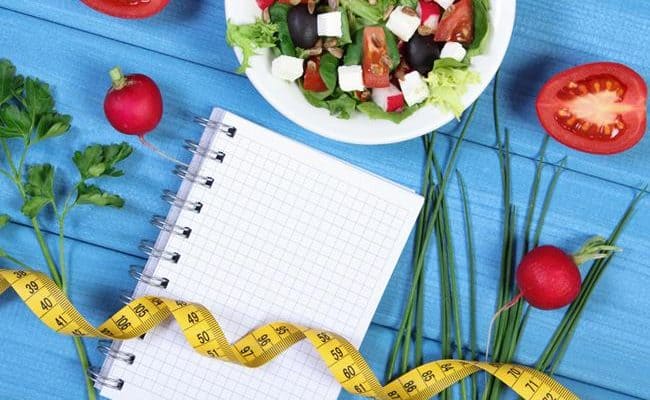

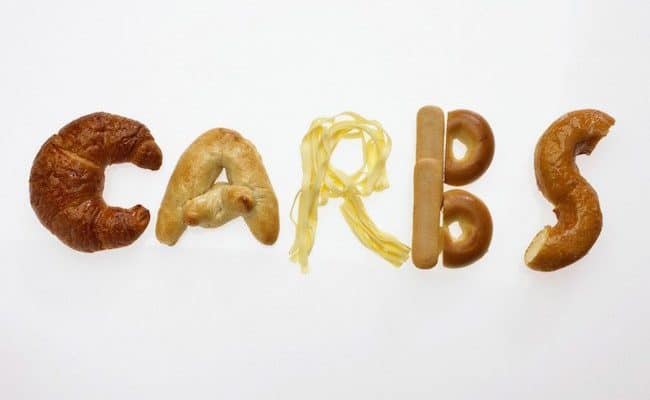


kolors says
Thank you so much for sharing useful Tips about weight loss.